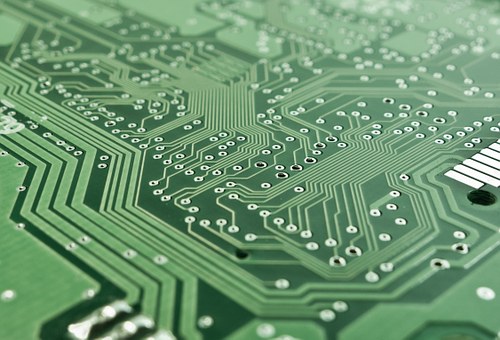
What is technical?
A new referral to the European Patent Office’s highest court, the Enlarged Board of Appeal (EBA) has again raised questions which will confirm or change our understanding of what is technical. It has been several years since the EBA was asked to look at this and the last time it was asked to do so, it refused to consider the case, avoiding re-visiting the area on a technicality. Whether or not you like the strange logic behind the EPO’s framework for assessing subject matter, that framework has provided a settled test for a decade and a half.
This referral has been made by a Technical Board of Appeal and it would seem that the EBA cannot avoid looking at the issue this time. As such, we look forward to knowing more in the next two or three years as to further nuances as to what things can be ‘technical’.
Technical field
EPO case law holds that patents can be granted in non-technical fields and this is expressly discussed in SOHEI (T769/92) which related to a financial trading method. Thus, if there is some technical improvement in say, a financial trading system, then that technical improvement can be protected. This of course means that we need to understand what is a technical improvement. An easy example might be the use of a new encryption technique that was used in the system, then that technique could lead to a patent.
The field of the innovation has an influence in how the decision as to whether an idea is technical. For example, the concept of generating a better route across a map using GPS techniques is held to be patentable by the EPO as there is a technical output. However, the processes that go on to generate the route are largely mathematical, which is of course an excluded area. These processes have technical character and are considered to add to the inventiveness of the idea.
Electric circuits are technical
Most people would accept that a circuit board is a technical thing. We can touch it. It does something. There are often expensive silicon chips that have taken lots of man hours to fabricate. There is a lot of skill and knowledge needed to design one. The circuits can have electrons flowing along the tracks.
However, what about a simulation of a circuit board? A model of the technical thing which only exists in the electrons flowing through the computer being used to design it?
Simulations
A long standing decision (Infineon T1227/05) that is used by the EPO in its own publication on case law (the so-called ‘white book’) held that a computer simulation that allowed a designer to model noise in an electronic circuit, to assist in the design of the circuit, was technical and thus patentable. That modelling was held to be patentable because the claims defined ‘…an adequately defined class of technical systems (circuits) and define specific measures, not just mental constructs, for targeted implementation and application of the circuit model under the technically relevant conditions of 1/f noise.’.
Analogy to people moving along paths
When is an electron moving in a wire similar to a person moving along a corridor? After that interesting set-up, the punch-line is not that humorous and the answer is in the recent referral to the EBA.
The appellant in the case that generated the referral made the clever link that a model of a building which allowed a designer to model people moving around a building was little different to the model of a circuit board which modelled electrons moving around a circuit board. Within in the computer being used to run the simulation, there was little difference as to what was going on.
When viewed in the real world, the process of designing a circuit board perhaps feels more technical than the process of designing a building. However, in terms of a computer model and whilst the models themselves will no doubt be very different, there is much less of a difference.
Referral
In view of these uncertainties the appeal board has asked the enlarged board of appeal three questions. The first of these questions is whether simulations are patentable per se. If the answer to this question is ‘yes’, the appeal board has asked for clarification as to criteria that are used to determine whether a given simulation is protectable.
Thoughts
We feel that the EBA cannot stop simulations per se being protected and will need to come up with a test to delineate which simulations can be protected and which simulations cannot be protected. A lot of case law builds upon the original Infineon decision and some reasonably well settled thinking would be overturned to remove the possibility of protecting on a simulation.
On the other hand, it would seem that simulations per se cannot be protected. Should the EBA decide that simulations can be protected, then it would seem that many ideas that are currently the wrong side of the line from a subject matter perspective could be granted just by claiming a simulation.
If you would like to discuss this matter further, please contact Toby Gosnall, or Oliver Pooley. Alternatively, speak to your usual Barker Brettell attorney.



